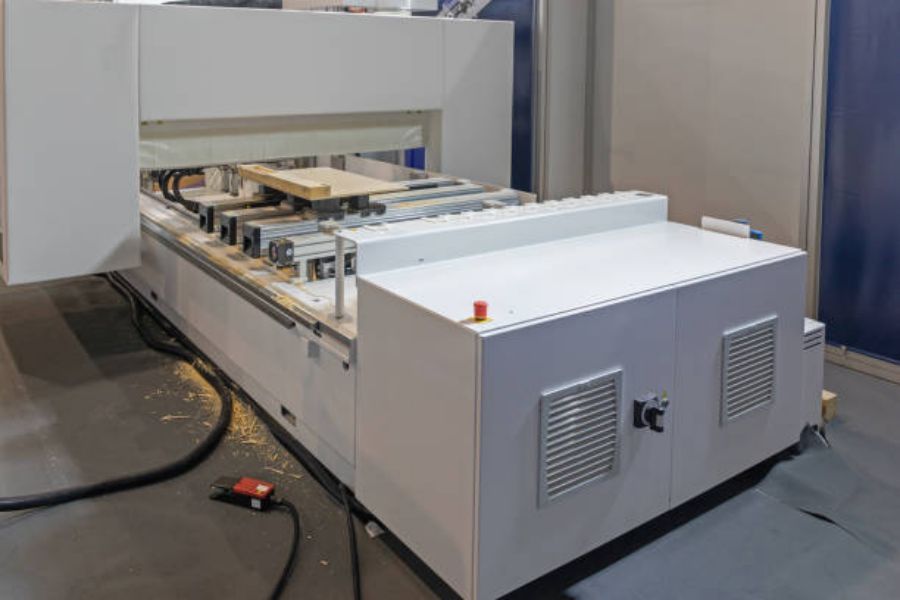Introduction: Understanding low temperature injection molding
Low temperature injection molding comes with a wealth of benefits for modern manufacturers. This process involves the use of lightweight thermoplastics at reduced temperatures, offering several advantages over traditional molding techniques. It promotes a high level of precision and accuracy and minimizes defects to produce better-quality products at a faster pace.
The Benefits of Low Temperature Injection Molding
Cost-Effective
Low temperature injection molding, unlike traditional molding methods, offers a more cost-effective solution to manufacturers. The materials used are more economical than traditional plastic materials, and the process does not require as much machinery. This translates into a lower overall cost of production for companies.
Improved Quality
Low temperature injection molding produces high-quality parts with better stability and geometry. Parts produced through this process have a lower level of stress and shrinkage, results in tighter tolerances superior surface finish.
Reduced Energy Consumption
Low temperature injection molding uses less energy compared to traditional molding methods. The equipment used for low temperature injection molding consumes less power as it requires lesser time to melt the raw material, hence saving on electricity bills.
The Types of Materials Used in Low Temperature Injection Molding
Thermoplastic
Thermoplastic is one of the materials used in low temperature injection molding in the industry. It is lightweight and resistant to heat and chemicals, making it an ideal choice for manufacturing plastic parts. Thermoplastic is also known for being easy to melt and mold, thereby providing an efficient process of injection molding.
Metal-Plastic Composites
Metal-plastic composites are increasingly gaining popularity in the low temperature injection molding process. These composites are known for enhancing the strength and durability of the parts produced and reducing cycle times. The resulting product is lightweight and has a high resistance to stress.
The Process of Low Temperature Injection Molding
Material Selection
The process of low temperature injection molding begins by selecting the appropriate material. Manufacturers must analyze the properties of the plastic to be used to ensure that it meets the required specifications, such as heat resistance, flexibility, and durability.
The Injection Process
The next stage of low temperature injection molding is the injection of the plastic material. During this process, the raw material is carefully heated to a molten state at temperatures below 300 degrees Celsius. The molten plastic is then injected into a mold where it cools and solidifies. The mold is cautiously opened, and the newly formed part is ready for use.
The Applications of Low Temperature Injection Molding
Medical Components
The medical industry has embraced low temperature injection molding for its ability to produce large quantities of precise medical components that have excellent strength and durability.
Automotive Industry
The automotive industry is using low-temperature injection molding in the manufacturing of automotive parts. These parts are lightweight, durable, and offer better safety for drivers and passengers.
Conclusion
Low temperature injection molding is an excellent solution for modern manufacturers looking to optimize their production processes and reduce costs. The process offers a range of benefits such as improved quality, reduced energy consumption, and versatility in terms of the materials used. With low temperature injection molding, companies can expect to produce superior products at cost-efficient rates.
